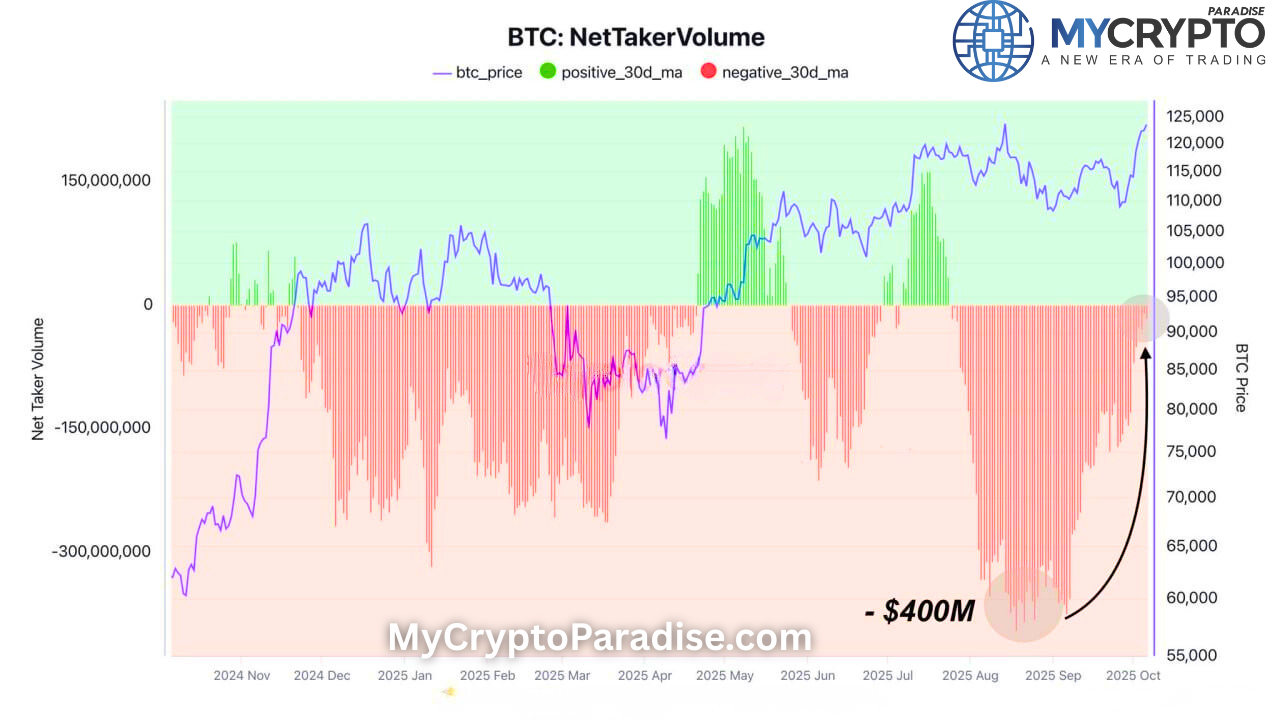Proof of reserve is a method used by cryptocurrency exchanges to demonstrate that they have the reserves necessary to fulfill customer withdrawal requests. This is important in the world of cryptocurrency, as exchanges are responsible for holding customers’ funds and facilitating transactions between buyers and sellers.
For example, Binance, the world’s largest cryptocurrency exchange, provides a public report or audit that shows the total amount of cryptocurrency it holds, as well as the amount of cryptocurrency held for each customer. This report is intended to give customers confidence that the exchange has the funds available to fulfill their withdrawal requests, and that their funds are safe and secure.
There are different ways that exchanges can prove their reserves. One common method is to use a third-party auditor to conduct a thorough examination of the exchange’s holdings. The auditor will review the exchange’s records and transactions, and verify that the amounts of cryptocurrency reported by the exchange match the actual amount of cryptocurrency held by the exchange.
Proof of reserve is also used to prove that a cryptocurrency exchange or wallet has sufficient assets on hand to cover all the funds that it is holding for its customers.
This is particularly important in the context of insolvency, as it helps to ensure that customers will be able to recover their funds in the event that the exchange or wallet goes out of business.
In order to provide proof of reserve, an exchange or wallet will typically publish a report that shows the total number of funds that it is holding, as well as a detailed breakdown of the specific cryptocurrencies that it has in its reserves.
This report is usually audited by a third party to verify its accuracy.
A proof of reserves is a way for a cryptocurrency exchange, such as Binance, to demonstrate that they have the assets on hand to back the funds that are being held in user accounts on the exchange.
This helps to build trust with users and ensure that the exchange is financially solvent. In the case of Binance, they would provide proof of reserves by showing that they have the necessary assets, such as bitcoin, in their cold storage wallets to back the funds that are being held by users on the platform.
Another method of proving reserves is for the exchange to provide a “cold storage” report. This report shows the amount of cryptocurrency held in offline, secure storage, which is not accessible to hackers or other malicious actors.
This is important because it helps to ensure that the funds are safe and secure, even in the event of a cyber attack.
Regardless of the method used, the goal of proof of reserve is to provide transparency and assurance to customers that the exchange is holding the necessary funds to fulfill their withdrawal requests.
This helps to build trust and confidence in the exchange, and is an important part of the overall cryptocurrency ecosystem. Furthering with this article, we will look into how crypto audits work but before that, you should know that amid the current fear, uncertainty, and distress caused by the FTX collapse and some other events that have happened this year in the crypto space; you can make a fortune in the crypto market; all you need is the right and experienced market analysts who are watching the market every 24 hours.
Our Paradise Team members are experienced traders I bet you will love to interact with. Use PRO20% for your special 20% discount today as the promo expires soon. Our recommended exchanges for our ParadiseFamilyVIP are Binance, Kucoin, and Bybit. Click here to see reviews from our clients. Now let’s continue by looking into how crypto audits work.
Crypto Audits and How Do They Work?
Crypto audits, also known as blockchain audits or cryptocurrency audits, are independent evaluations of blockchain-based systems, smart contracts, and other cryptocurrency-related projects. These audits are typically performed by specialized firms or individual experts who have in-depth knowledge of blockchain technology and the cryptocurrency space.
The main goal of a crypto audit is to assess the security and reliability of a blockchain-based system, as well as to identify any potential vulnerabilities or weaknesses that could be exploited by hackers or other malicious actors. By providing an unbiased, objective analysis of a project’s code and architecture, crypto audits can help ensure that a project is secure and trustworthy.
Crypto audits typically follow a defined process, which typically includes the following steps:
- Initial consultation: The auditing firm or individual will meet with the project team to discuss the project’s goals and objectives, as well as to gather any necessary background information.
- Code review: The auditing team will carefully review the project’s codebase, looking for any potential vulnerabilities or weaknesses. This may include analyzing the code for common vulnerabilities, such as insecure random number generators or unhandled exceptions.
- Architecture review: The auditing team will also review the project’s architecture, including the design of its smart contracts and other components. This may involve looking at the project’s use of cryptography, network security, and other important technical aspects.
- Testnet deployment: The auditing team will often deploy the project’s code to a testnet, which is a simulated blockchain environment that allows them to test the project’s functionality and security without risking real funds or assets.
- Security testing: Once the project has been deployed to a testnet, the auditing team will conduct a variety of security tests to identify any potential vulnerabilities. This may include penetration testing, where the auditors attempt to “hack” the system to identify weaknesses, as well as other types of testing such as stress testing and fault injection.
- Reporting and recommendations: After completing their analysis, the auditing team will prepare a report that summarizes their findings and provides recommendations for improving the security and reliability of the project. This report may be shared with the project team and other stakeholders, such as investors or regulatory authorities.
Conclusion
Crypto audits are an important part of the cryptocurrency ecosystem, as they help ensure the security and integrity of blockchain-based projects. By providing an objective, independent assessment of a project’s code and architecture, crypto audits can help project teams and stakeholders make informed decisions about the viability and trustworthiness of a project.
Binance, as one of MyCryptoParadise’s recommended exchanges for its ParadiseFamilyVIP, is a solvent exchange with tokens worth billions in USD withdrawn daily. Despite the recent FUD with over $1.1b withdrawn from the exchange on a single day, the exchange has managed to continue normal activities.
Join our telegram channels where we share our FREE updates and analysis on coins like BTC, ETH, and other trending altcoins. We also share our FREE secret insights, and also FREE market updates.
- My Binance Paradise – https://t.me/MCP_binance
- My KuCoin Paradise – https://t.me/MCP_KuCoin













